The recent detection of 2I/Borisov, the first known interstellar comet to visit our Solar System, implies that interstellar objects outnumber the non-interstellar ones in the Oort Cloud, whereas the reverse is true near the Sun due to the stronger gravitational focusing of bound objects, according to a new paper authored by Harvard & Smithsonian’s Center for Astrophysics astronomers Amir Siraj and Avi Loeb.
Source: Sci News
“Before the detection of the first interstellar comet, we had no idea how many interstellar objects there were in our Solar System, but theory on the formation of planetary systems suggests that there should be fewer visitors than permanent residents,” said Siraj, first author of the paper.
“Now we’re finding that there could be substantially more visitors.”
“The calculations, made using conclusions drawn from 2I/Borisov, include significant uncertainties.”
But even after taking these into consideration, interstellar visitors prevail over objects that are native to the Solar System.
“We just don’t have the technology to see them yet,” Siraj said.
“Consider that the Oort Cloud spans a region some 200 billion to 100 trillion miles away from our Sun — and unlike stars, objects in the Oort Cloud don’t produce their own light.”
“Those two factors make debris in the outer Solar System incredibly hard to see.”
“Interstellar objects in the planetary region of the Solar System would be rare, but our results clearly show they are more common than solar system material in the dark reaches of the Oort Cloud,” said Professor Loeb, co-author of the study.
Observations with next-generation technology may help confirm the team’s results.
“The abundance of interstellar objects in the Oort Cloud suggests that much more debris is left over from the formation of planetary systems than previously thought,” Siraj said.
“Our findings show that interstellar objects can place interesting constraints on planetary system formation processes, since their implied abundance requires a significant mass of material to be ejected in the form of planetesimals.”
“Together with observational studies of protoplanetary disks and computational approaches to planet formation, the study of interstellar objects could help us unlock the secrets of how our planetary system — and others — formed.”
The team’s paper was published online this week in the Monthly Notices of the Royal Astronomical Society: Letters.
Source: Sci News

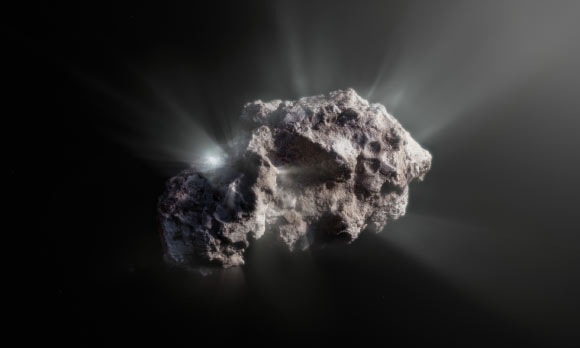
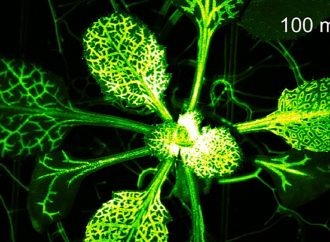
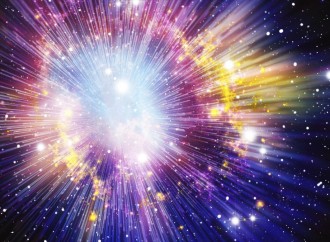

















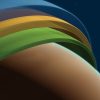


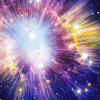








Leave a Comment
You must be logged in to post a comment.